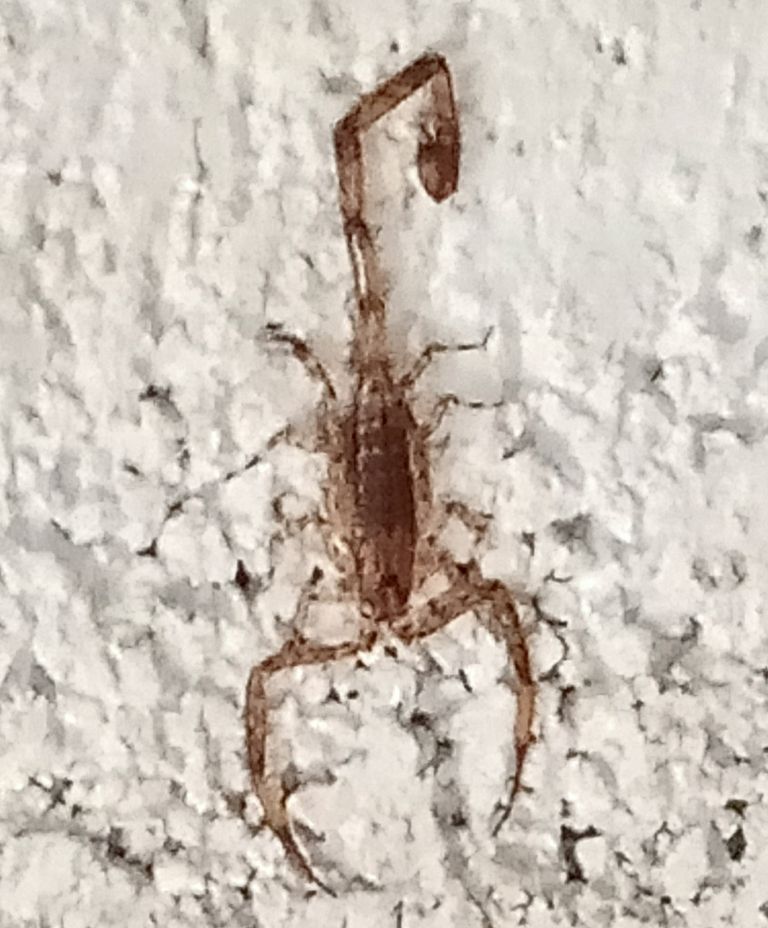
Good day Blurtians. Have a wonderful sunny morning. Today,I will share this venomous creature named Scorpion. I spotted this yesterday while in the comfort room . Never expected it.. I wasn't alone and there I found it at my back as it stopped when I stared directly to it. So thankful had my phone (camera) ready and finally took some pictures.
They have long tails ending in a stinger. The pedipalps (pincers) look like crab claws, and its small jaws are used for extracting from its prey. It also has four pairs of clawed legs. The stinger at the tip of the tail is attached to a bulbous organ which produces venom.Scorpions normally look like an insect because of the size.Even though they are related, they belong to very distinctly different groups. Scorpions are animals in the order Scorpiones, under the class Arachnida, which makes them a distant cousin of spiders. Scorpions have eight legs, while insects have six. Scorpions have two body segments while insects have three.
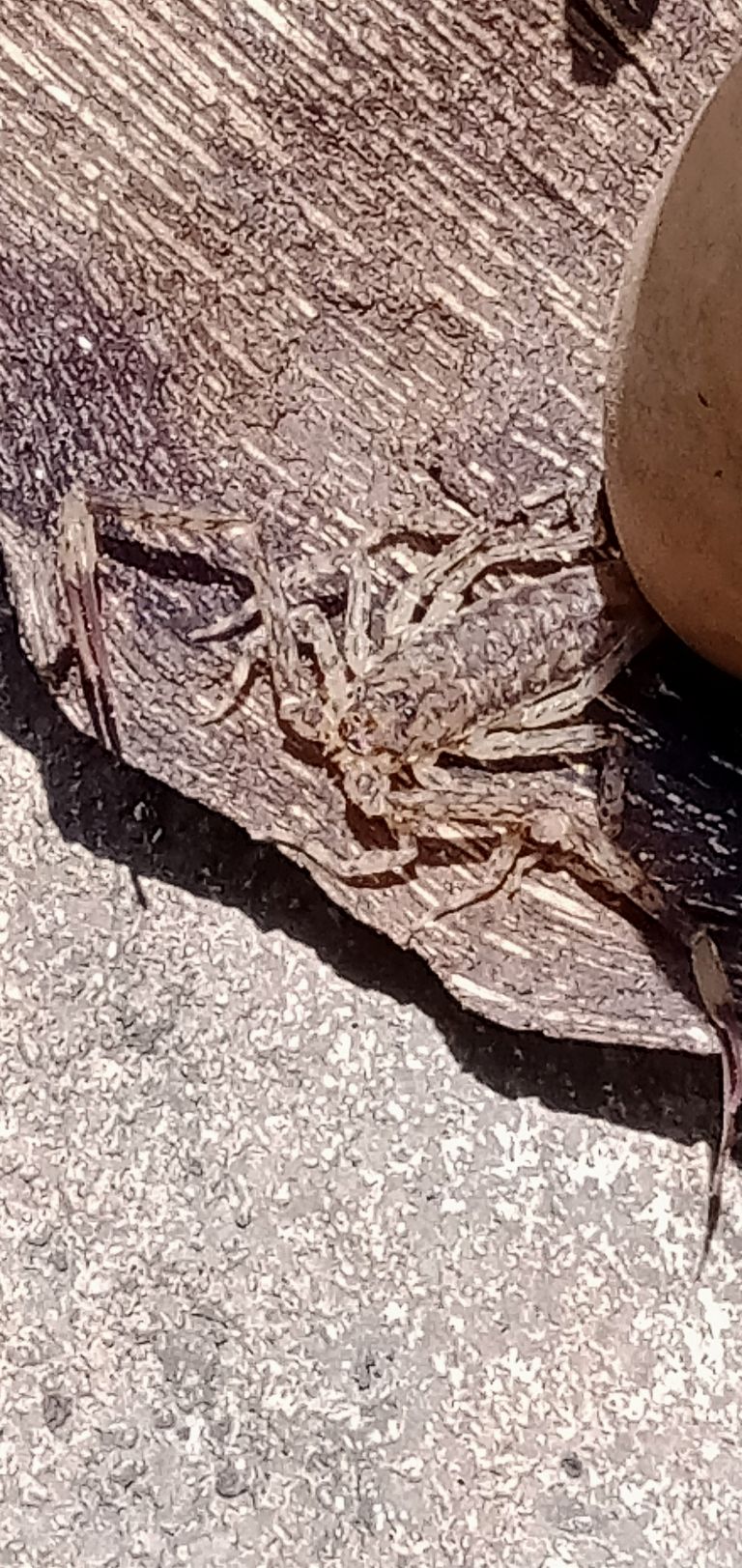

Abstract
Scorpion stings represent an important and serious public health problem worldwide due to their high incidence and potentially severe and often fatal clinical manifestations. Children are at greater risk of developing severe cardiac, respiratory, and neurological complications due to lesser body surface area.
Alpha receptor stimulation plays important role in the pathogenesis of pulmonary edema. Prazosin, a post synaptic alpha blocker, can be recommended as an effective drug in the treatment of serious scorpion envenomations with significant sympathetic symptoms. Oral prazosin is fast acting, easily available, relatively cheap, free from any anaphylaxis and highly effective.
Characteristics
Arachnids are classified in the Phylum Arthropoda, which also consists of crustaceans, insects, centipedes, and millipedes. This phylum is defined by the following key characteristics:
Body segmentation - usually consisting of a head, thorax, and abdomen
Jointed appendages
A firm but flexible exoskeleton
An open circulatory system - blood is free-flowing in the body, not contained in vessels
Specialized appendages - including claws (crustaceans) or wings (insects)
Arthropods are sometimes nicknamed the 'swiss army knives of living things', for their dexterity and array of appendage functions.
Arachnids' specific class within Phylum Arthropoda is called Class Arachnida.
Arachnids possess the same general characteristics that define all arthropods, but have a few other unique distinctions:
No antennae, claws, or wings, but instead have mandibles : structures for biting and chewing prey
Eight appendages
A fused head and thorax, called a cephalothorax
Physiology & Anatomy
The specific characteristics of arachnids allow for effective movement, hunting, and self-defense techniques. Having jointed appendages means flexibility and quick escapes from predators. The exoskeleton acts like a shield of armor, but also provides rigidity for holding internal organs and maintaining pressure within the body.
The mandibles allow for chewing of prey, which in the case of arachnids, is usually other arthropods, but certainly can include larger animals. Some arachnids are venomous and have fangs with which to inject venom into prey, or predators trying to attack it. Scorpions, for example, have a poisonous stinger on the end of a long, whip-like tail.
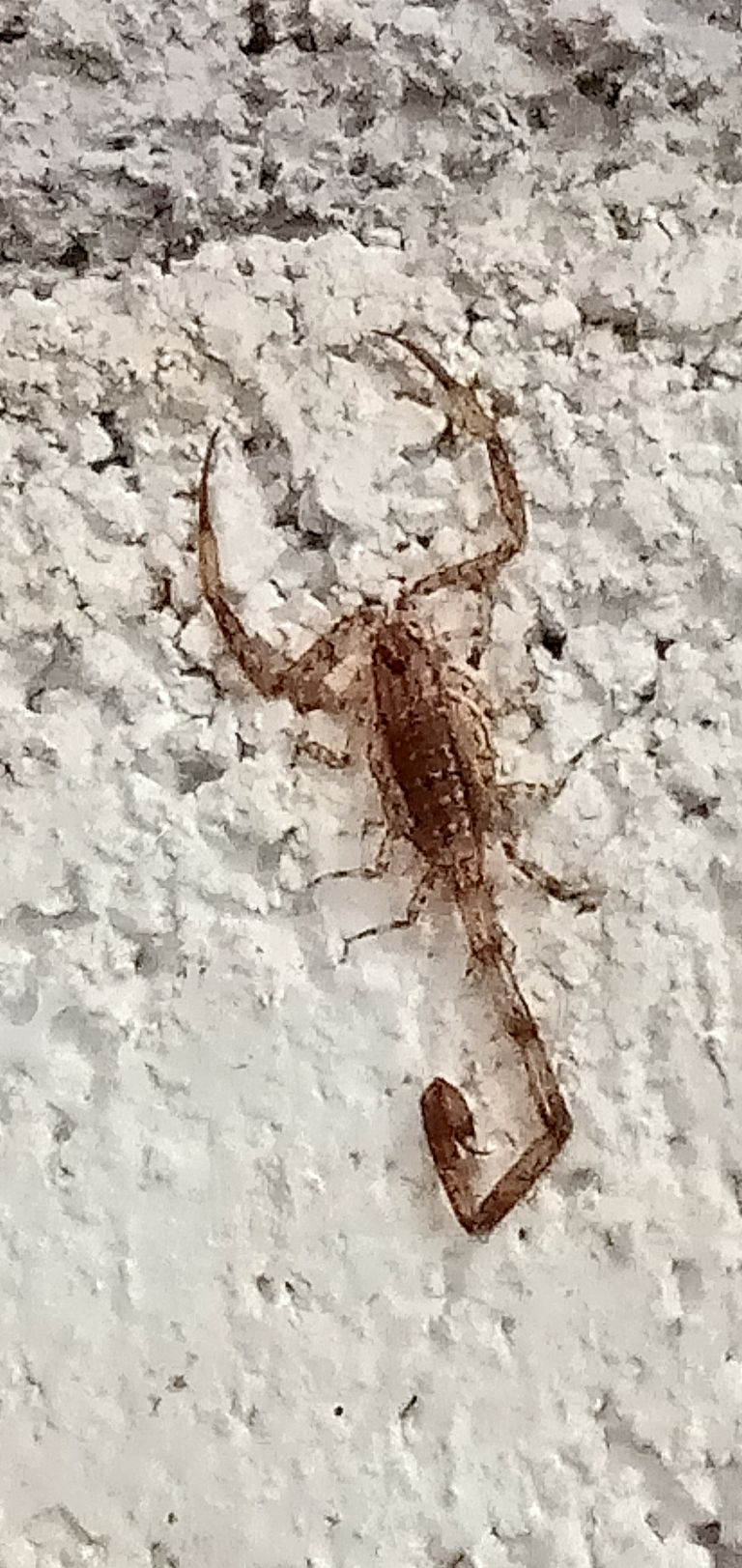
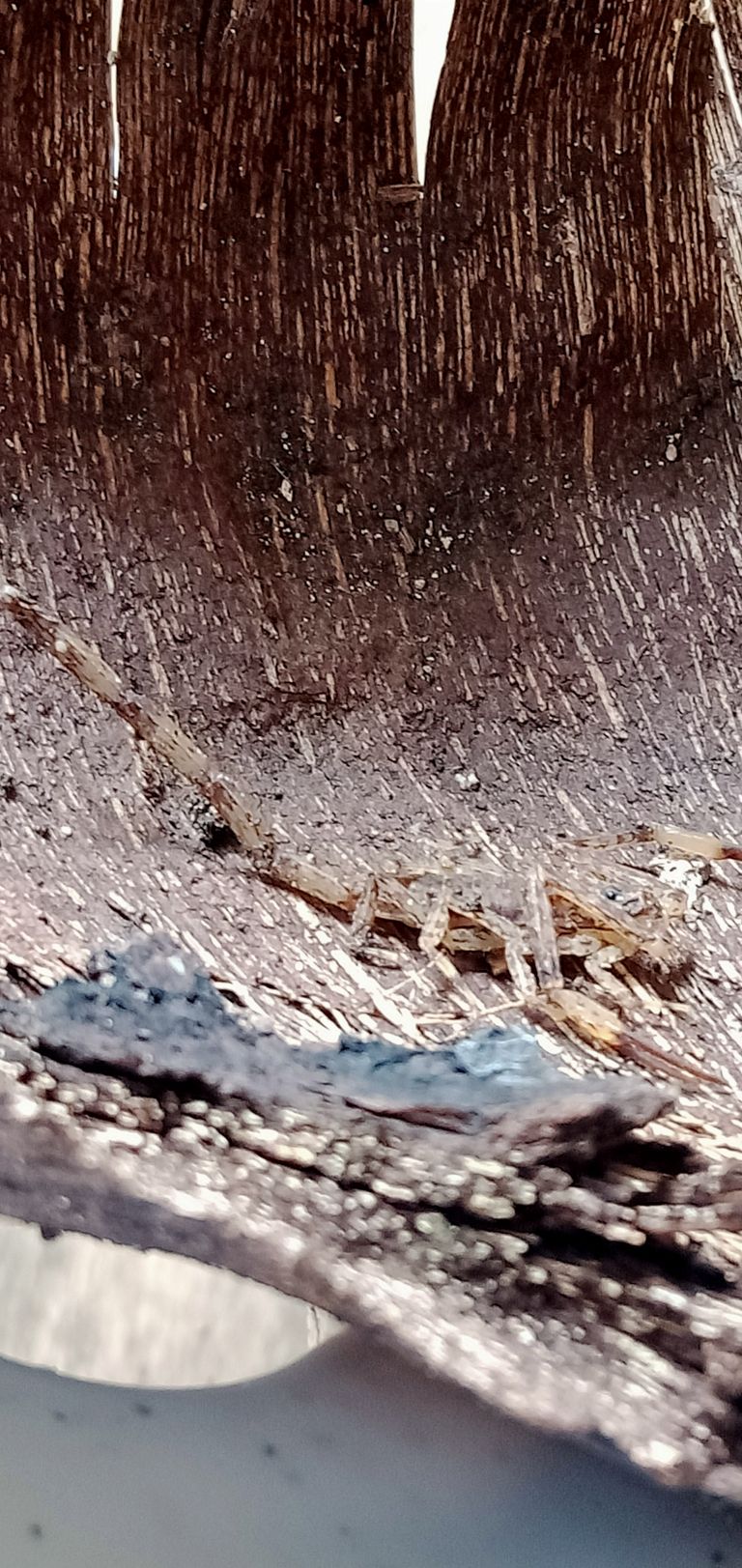
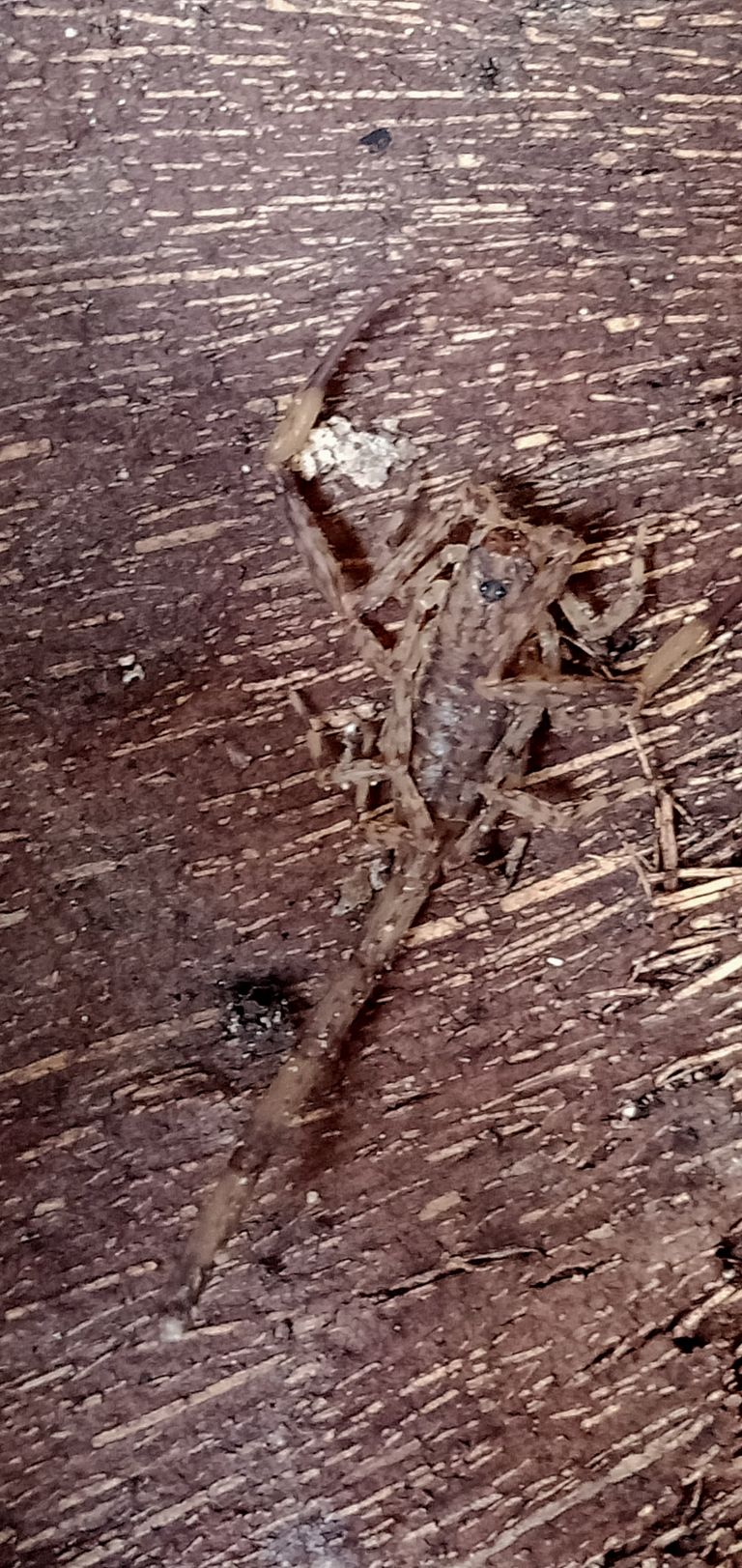

That is all for todays Blog guys...I hope you enjoy reading. Thank you all ..Until my next bLog again soon.Please follow me for more .God bless! Ciao😘